




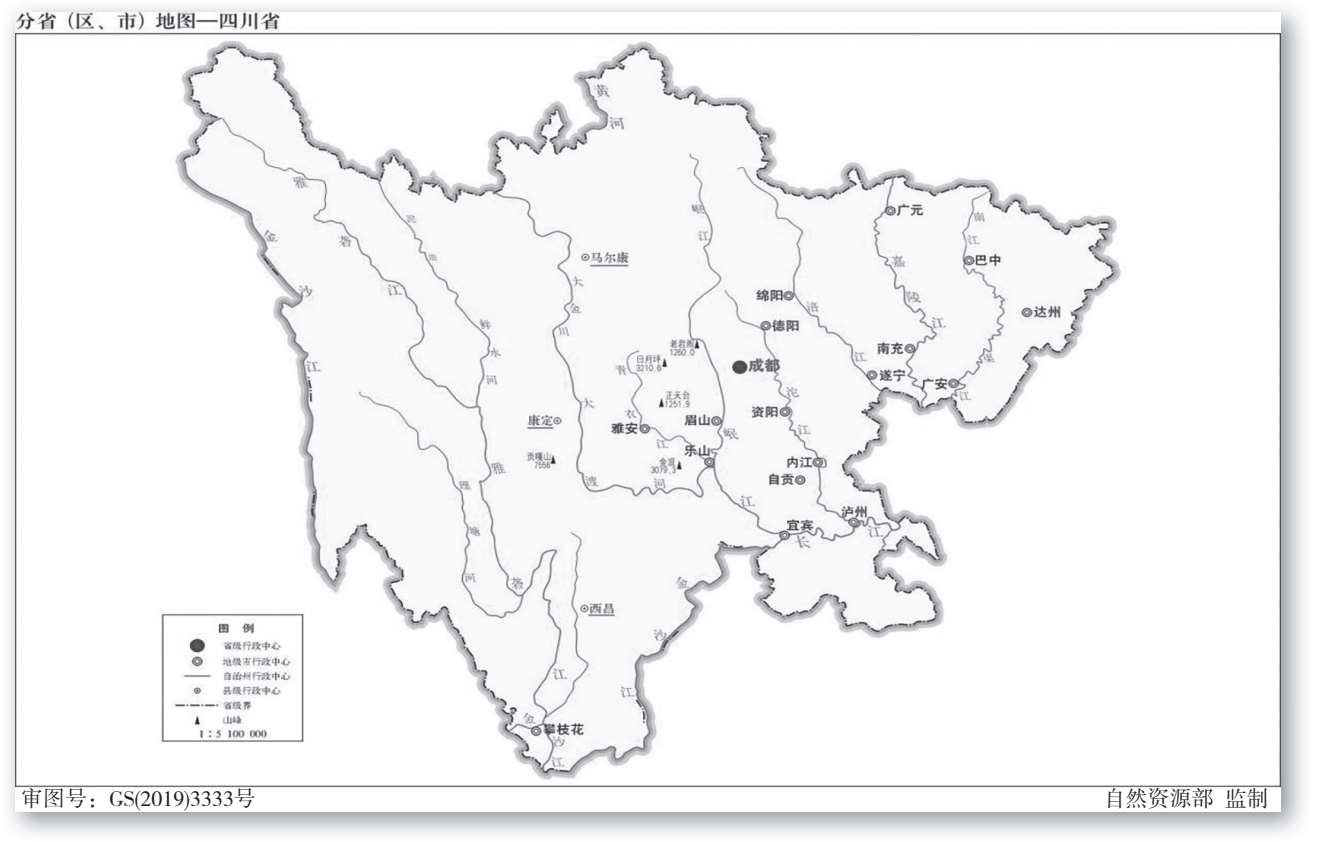
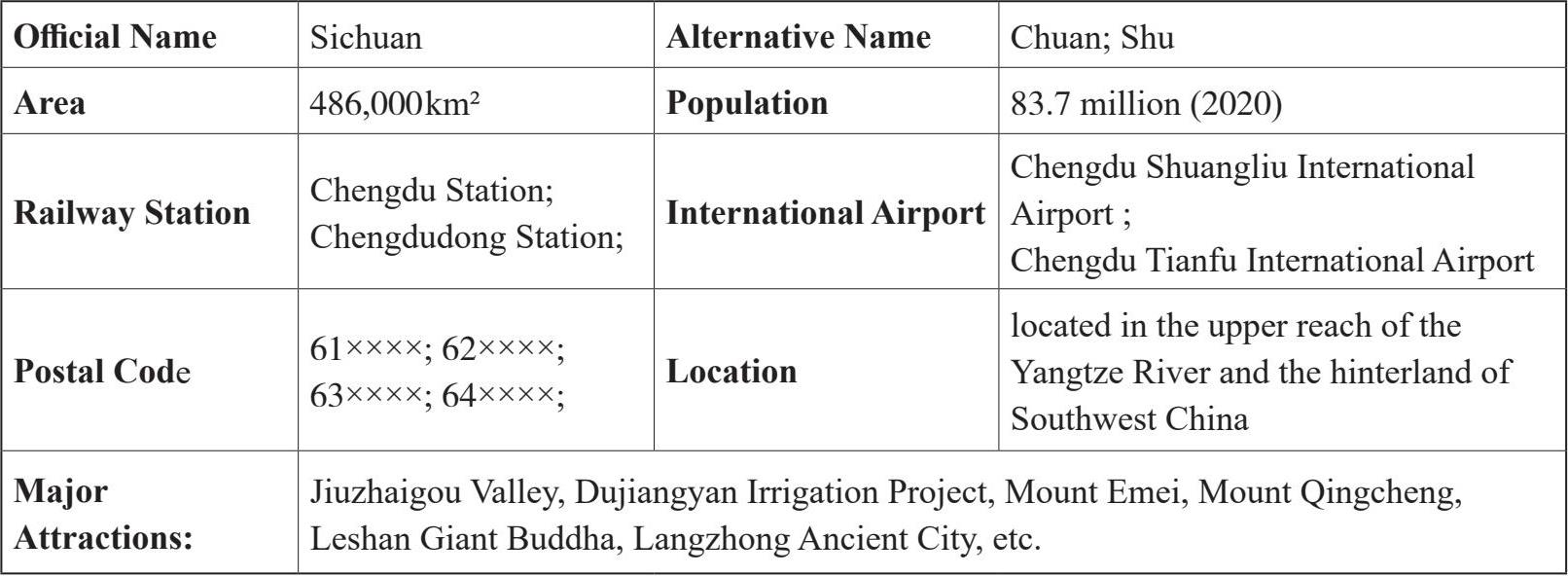
Sichuan is a province in Southwest China with its capital in Chengdu, situated in the middle of the province. Sichuan is located in the upper reaches of the Yangtze River and the hinterland of Southwest China, with an area of 486,000km² and a population of 83.7 million(2020). Sichuan is known as a fairy land in the world with its marvelous attractions. There are 5 attractions, namely Jiuzhaigou Valley, Huanglong Scenic Area, Dujiangyan Irrigation System, Mount Qingcheng and Giant Panda Habitat, which have been listed as World Natural and Cultural Heritage Sites by UNESCO. Sichuan is next to Beijing in terms of heritage site numbers. Almost every type of tourist resources is available here: plateaus, mountains, ravines, basins, hills, plains, rivers, lakes,hot springs, waterfalls, limestone caves, and even danxia formation. As the hometown of pandas,Sichuan possesses various fantastic natural resorts which not only attract domestic visitors but are also highly praised by foreign visitors.
According to archaeological studies, human activities did exist in the region of the present Sichuan even in the Paleolithic Age and the Chengdu Plain used to be the cradle of cultures in the upper reach of Yangtze River 4,000 to 5,000 years ago. Where the Guanghan Sanxingdui ruins and Chengdu Jinsha ruins are situated were once the centers of politics, economy and culture of the ancient Kingdom of Shu. Sichuan's agricultural civilization and urban civilization appeared in early times, and agriculture, metallurgy, silk weaving and architecture all well developed in history.
“Sichuan”—a short term for “Four Valleys and Gorges”—was fi rst established as the name of the province during the Yuan Dynasty, which reorganized the Four Valleys and Gorges region of the previous Song Dynasty into a province, with Chengdu as the provincial capital. Sichuan has been known as a province ever since. In 1939, Xikang province was established out of Sichuan and was cancelled in 1955. In 1997, Chongqing became independent from Sichuan and was made a municipality, like Beijing, Shanghai, and Tianjin.
Sichuan is bordered by Hubei province and Hunan province in the east, Guizhou and Yunnan in the south, Tibet in the west and Qinghai, Gansu and Shaanxi in the north. Thanks to the favorable climatic conditions, intensive farming and numerous mineral resources, Sichuan wins the honor of “Land of Abundance”. The Sichuan basin is surrounded by the Himalayas to the far west, including the nearby Tibetan Plateau, Qinling range to the northeast and mountainous areas of Yunnan to the south. Mount Gongga is the highest point in the province at 7,556 meters situated within the Mount Daxue. The Yangtze River fl ows through the basin and thus is upstream to areas of eastern China. The Minjiang River in central Sichuan is a tributary of the upper Yangtze River,which it joins at Yibin.
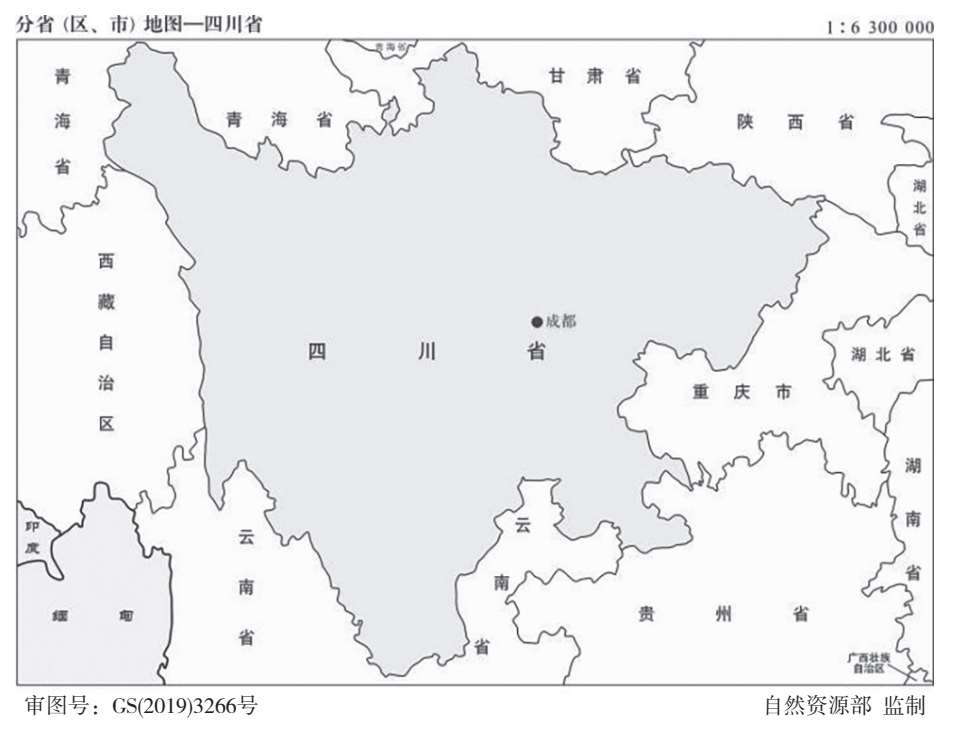
Li Bai, one of the most famous poets in the Tang Dynasty,exclaimed in his poem: “Walking on the narrow paths of Shu Kingdom is more difficult than climbing up to Heaven!” But after unceasing construction, Sichuan became the southwest transport hub.
There are several major highway arteries connecting to destinations such as Tibet Autonomous Region, and Qinghai,Gansu, Shaanxi and Yunnan provinces as well as Chongqing.Chengdu passenger station is the largest highway passenger terminal station in Sichuan province. Chengdu-Chongqing Expressway, the fi rst expressway in Sichuan province, was put into operation in 1995 with a length of 340.2km, and is a highway tra fic artery linking Chengdu and Chongqing; After decades of construction, Sichuan province has developed into a transport junction for railways in Southwest China. There are fi ve trunk railways of the railway system in Sichuan. Chengdu-Chongqing Railway, the fi rst Chinese-built railway after the establishment of the People's Republic of China in 1949, has been considered an important pathway connecting Sichuan with Guizhou province and Southern China; Chengdu Shuangliu International Airport,the fourth-largest aviation hub in China, is an important distribution center for passengers and cargos in Southwest China. Chengdu Tianfu International Airport was put into use in 2020,making Chengdu to be the third city in China with two international hub airports after Beijing and Shanghai.
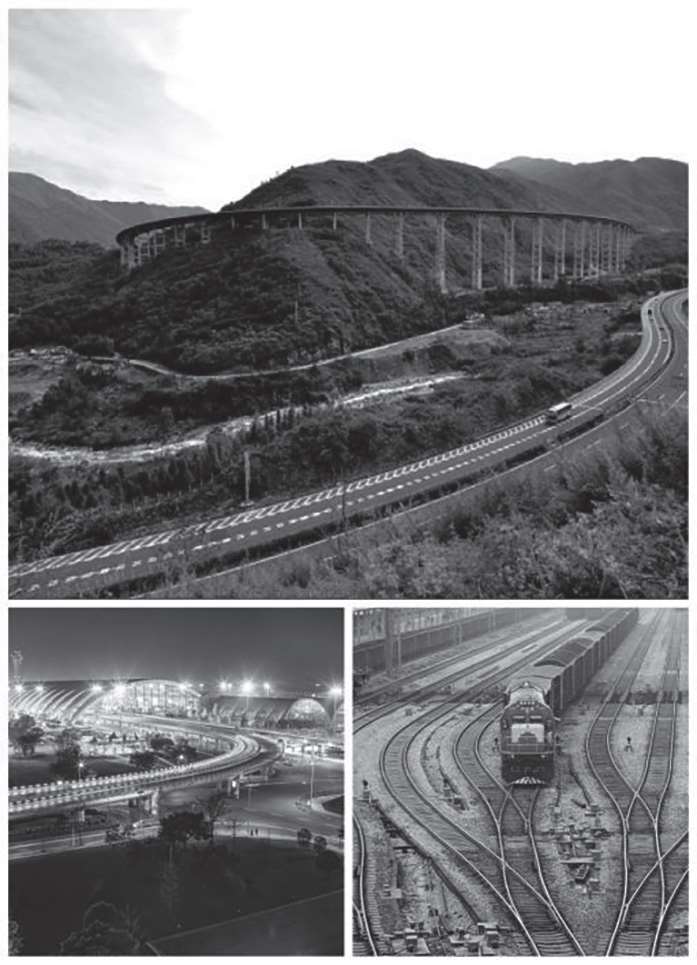
Sichuan province is in the center of Southwest China, which is the hometown of Giant Pandas and it is also regarded as the “Land of Abundance”. It is the gateway to the West of China. Sichuan province has diverse and complex topography with mountainous regions and plateau in the West, fat basins scarcely distributed and Chengdu Plain is the largest plain in the Southwest China. Therefore, such a natural condition creates such rich tourism resources to attract people to travel to Sichuan province. Sichuan tour often starts from the gateway city Chengdu, which makes it an important transit point for tourists. Chengdu Research Base of Giant Panda cannot be missed in the Chengdu tour and the Sanxingdui Museum should also not be exculded if you are interested in Chinese history and culture. Other famous attractions nearby Chengdu are Mount Qingcheng, Giant Buddha in Leshan and Mount Emei, etc. Besides, the most beautiful place in Sichuan province is Jiuzhaigou Valley and Huanglong Scenic Area. It is the must-seeing spot in a well-organized Sichuan tour. With Sichuan enjoying growing international popularity, these oldest irrigation projects, ancient towns, former residences, Buddhist temples, stone carvings will attract more tourists from all over the world.
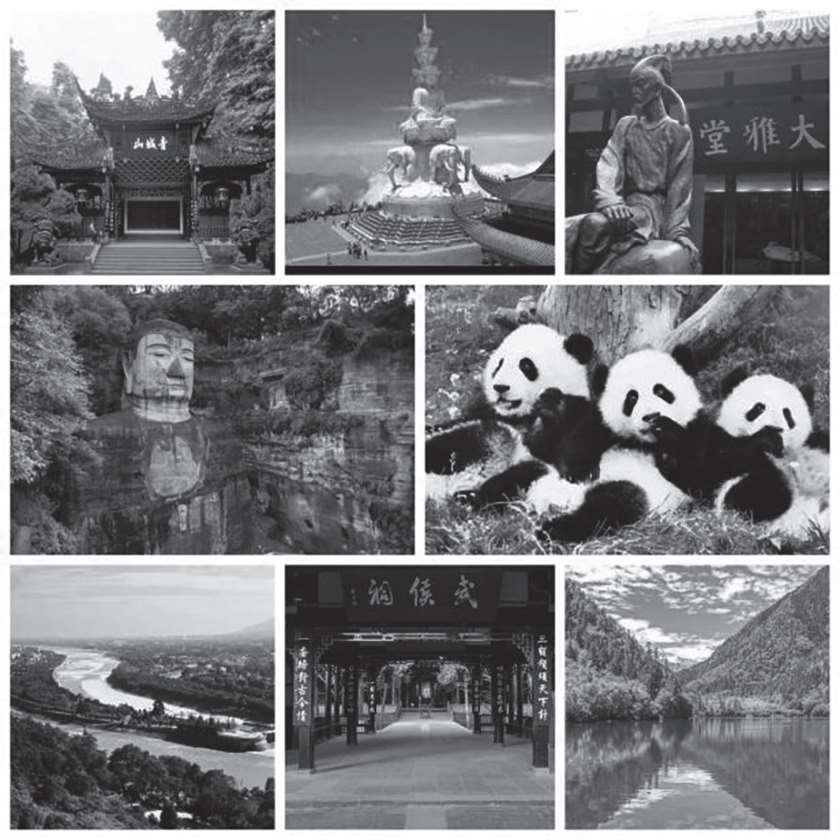
Sichuan is a cook's paradise as it is blessed with a wide variety of raw materials, such as fish and crabs in the rivers, poultry and domestic animals, vegetables and bamboo shoots that are available all year. It is also rich in ingredients and seasonings such as Zigong well salt, Neijiang white sugar, Langzhong vinegar, Deyang soy sauce,Chinese prickly ash from Maowen, preserved mustard greens from Nanchong, pickled vegetables from Xinfan and Chengdu hot peppers. In addition,Sichuan is famous for its liquor and tea, such as Wuliangye, Jiannanchun, Quanxing Daqu, etc. These pleasant drinks have helped promote the development of Sichuan cuisine.

Over the past two thousand years, Sichuan cuisine has developed three distinctive features—abundance of raw materials and ingredients, uniqueness of cooking methods, and various fl avors and tastes. It is particularly distinguished for its many fl avors and subtle variations in taste.